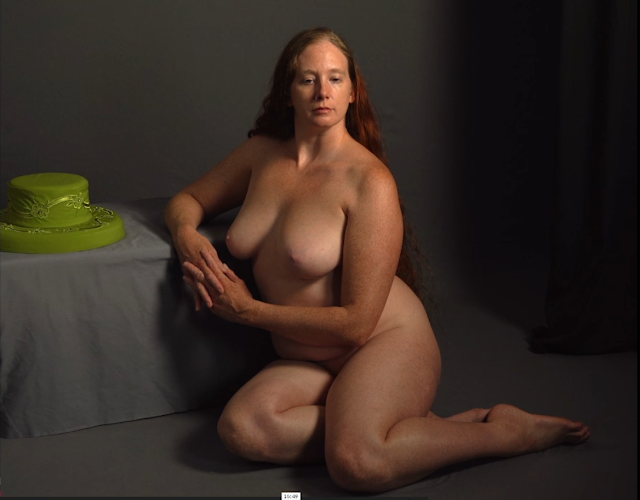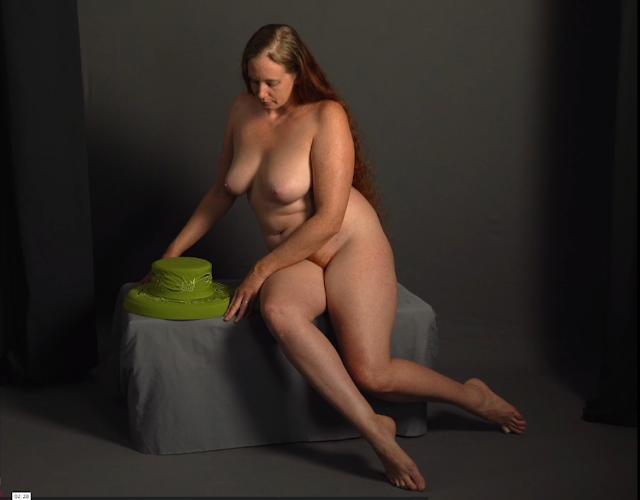The Expressive Figure Assignment
Concept: The Meditative Composition
and
Light & Structure
The Cameras Influence
Materials:
Materials
- Vine or Willow Jumbo Charcoal ( Generals, Coates, etc.), Graphite lead and holder
- Dry Media Sources: Hard Pastel sticks (NuPastel, Creatacolor, etc.) Conte Crayon, Stabilo Pastel Pencils or equivalent,
- Canson Mi Tientes toned paper or Strathmore toned 90 lb drawing paper 12" x 19" or similar Ledger or any similar 60 to 90 lb paper
- Faber-Castell Kneaded Eraser or Chamois cloth
Any Media that is appropriate to your response
Suggested Methodology to Begin the Drawing:
Starting with charcoal, use a collection of sweeping inverse radial arcs to describe the action /gesture of the figure. Visualize these arcs as defining the "envelope" of the figure, ie. within the overlapping arcs is the area that the figure occupies, and outside of these arcs is the "flux" or everything that's background or negative space.
Then within the interior space defined by these arcs/envelope, quickly and lightly sketch a gestural mannikin of the pose beginning at the pelvis. This mannikin is geometrically analogous to a "doll" with a peanut-shaped volume approximating the torso, cylinders for limbs and neck, and an ovoid for the skull. Orient the mannikin in space by drawing a "medial line" through the center of the front and back of the torso as well as the center and back of the neck and skull.
You may use any pose, with or without props. What is important is that you must bring yourself to your work to develop it beyond what you see. While drawing from the model, look for aspects of the model or the model's attitude that you could dramatize. Allow for changes as you progress and continually and aggressively rework the media, erasing or adding multiple layers if required. The gestural action of the drawing is an important part of the drawing. Direct the work toward a more potently charged statement, following intuitive hunches but also stepping back and evaluating what you have drawn, not in terms of its realism but rather in terms of how effectively it gives the figure a heightened presence that is realized through the drawing process. The final drawing should be as much about you and your expressive action as it is about the model's pose.
Apparent immediately is the design potential of two models posing together with limbs commingled and intertwined. Observe how the dynamics of the picture plane are subjected to interesting compositional opportunities. See how each figure distributes the gravitational vector of isonomia and transfers some of that to the other figure so that together, the two figures collaborate to prop each other and themselves up against gravitational forces. More importantly, perhaps, consider the dynamic between the two models beyond the compositional /formalistic potential. Observe the rapport and synergy between each other and strive to imbue your drawing with the empathy that is a hallmark of figurative humanism. See then, if you can create a fusion between the fabulous compositional trajectories inherent in the pose and the emotional empathy indicative of the human spirit.
Assignment 1:
Create several quick compositional sketches. On a sheet of drawing paper create a series of horizontal and vertical boxes and within each area explore the placement of the figure including the influence of shadows, the play of textures, and surrounding flux affecting how the figure is placed with the 2D picture plane.
Suzie Tuttle
Assignment 2:
Synthesized Composition- Fabricate synthesized elements with graphical components for the purpose of creating a Disegno . Juxtapose linear shapes and repeated patterns or parallel contours that create rhythm and movement
"Even in front of Nature, one must compose" Degas
"The composition is not found but created" Whistler
































































